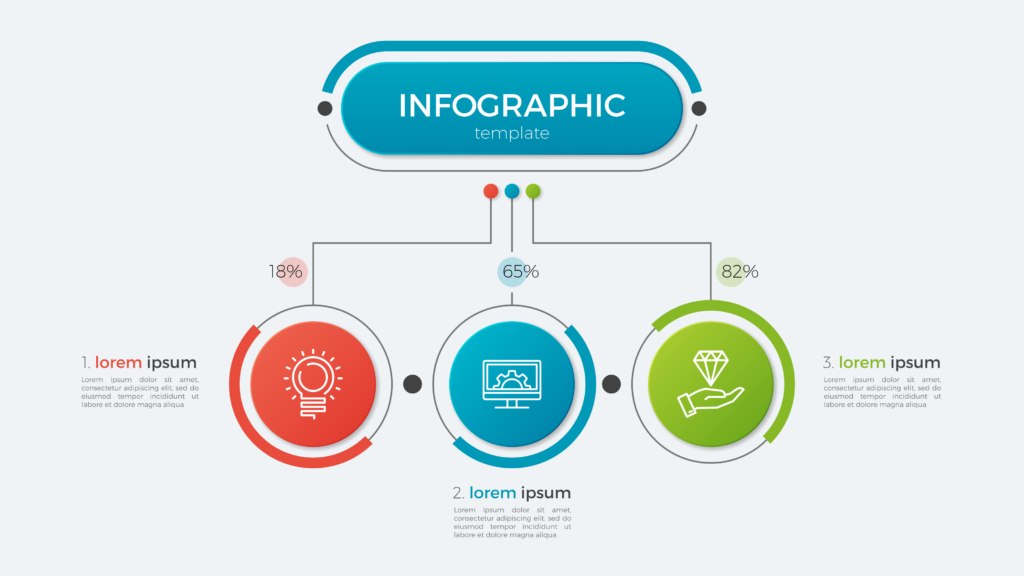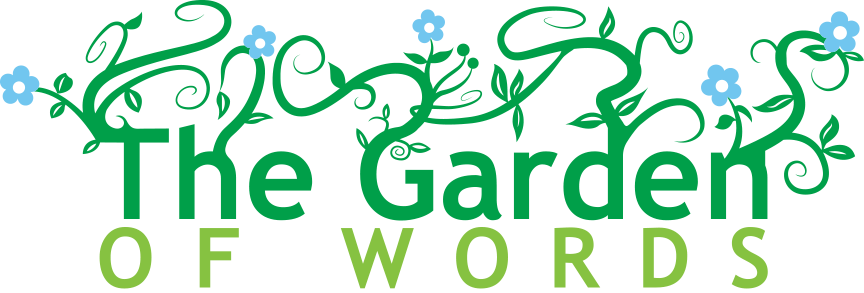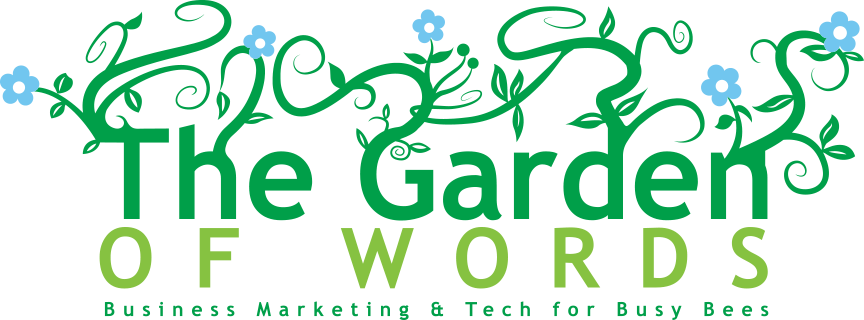
If your business has an online presence where you provide your audience with any kind of content, at some point you’ll wonder how to make the leap into offering a product or content for sale. As in, actual money. This should be a part of your overall marketing strategy, and it literally pays to think it through it.
There can be some confusion on as to when, how, and how often to offer a paid service or piece of content, and while everyone has their own ideas about these things, we’re going to share ours. It’s kind of what we do.
Reasons to Give Free Content
People love free things. We’re wired for it. It makes us happy. It gives us a delicious dopamine rush. And giving something of high value for free creates an audience that trusts you, likes you, and sees you as an authority — all of which are necessary if you ultimately want someone to buy something from you.
Types of Free Content
There are so many types of free content you can offer, and once your mind starts to roll with ideas, you’ll probably figure out many more than you thought was possible or even applicable to your type of work. They can be 100% free or simply require giving an email address to receive something of greater value, but no money is required. Some of our faves?
- Podcasts: Podcasts deliver free content on the reg, and with high value, to a large number of people.
- Video DIYs: We love all the quick video how-to’s we see on Instagram combining video, music, and text. It’s an easy way for your audience to learn something quickly.
- Anything on your blog: From monthly garden checklists to recipes, design ideas, and how-to posts, your blog is a gold mine of valuable free content.
- Tips of the Day: A Monday – Friday tip of the day could be in a quick video or a post with a graphic. Videos tend to get much more attention than words, just FYI.
- Ebooks: It’s a little more work, but it’s “evergreen” and can hang out on your blog forever.
- Infographics: We love a good infographic, and graphic design platforms like Canva make it easy to create one with their wide array of templates. They’re easily scannable and allow readers to absorb information quickly and pleasantly.
- Case Studies or Before/Afters: Do you teach design? Case studies and Before/Afters are great ways to teach a design trick.
- Webinars: Host a 1-hour webinar to teach your audience how to solve a problem.
Types of Paid Content
Like free content, paid content options are really limitless, but these are some of the most popular and successful:
- Ebooks: Got a free ebook? Your paid one can go more in-depth! Examples: The free ebook is about recipes using microgreens, and the for-sale ebook teaches how to grow them. Then you can level that topic up to a full-blown workshop (below).
- Workshops/Classes/Courses: If you consistently provide free content about design, for example, it’s a no-brainer to work up to offering a design workshop a couple of times per year. Your paid workshop could be virtual and live, while your online course could be evergreen and pre-recorded. We know a colleague who created a homesteading course that went wildly popular — great for her and valuable for her students!
- Memberships: This can be a membership group where you meet on Facebook and receive regular content, or it could be via email with different levels (begin with a free level, then have different paid levels where they receive increasingly valuable and regular content and goodies from you).
- Mastermind Groups: This is a more heavy-hitting paid offering designed to have high-level professionals join to mentor, learn, and support one another.
- Books: When people love your content about foraging, they’ll wait in line to buy your book with amazing images and foraging recipes.
How Much Free Content Before You Start Selling Something?
We believe free content should far outweigh your paid offerings. People need to build up trust in you and see you as an authority in order to buy from you, so hopping right into selling a workshop will likely result in disappointing sales. Try one of these tactics or strategies:
- Weekly calendar: If you have products to sell, you could deliver free and valuable content on Instagram, for example, from Monday – to Thursday, with Friday being your day to highlight a sale or offering.
- Offer a paid product after you give a great freebie: “Did you like this ebook? Dive deeper with my XYZ ebook where you’ll learn ABC!” or Or at the end of a webinar: “Learn more about growing microgreens for profit with my upcoming course. — If you sign up today, you’ll get $100 off!”
- If in doubt, never cut back on free content: Because it’s the only way people can grow to know and trust you, free content is imperative. Don’t cheap out on it and think it’s not necessary or you’re giving away “too much.”
- One big mistake to avoid: We’ve seen tons of people offer amazing, valuable free content and never offer a paid piece! Why? Probably because they feel afraid to put a monetary value on their work, or because they are perfectionists and never feel their paid offering is “ready” or “good enough.” Read this blog post from our sister company Great Garden Speakers on how perfectionism can hold you back, but the bottom line is this: If your paid product or offering is 85%-ish good, it’s good to go!
Tip #1: Make your free offering some of your best content. Sound counterintuitive? If you were a baker, would you hand out free samples of your worst cupcake or your best one? Always lead with your best, and people will want more.
Tip #2: As much as possible, try to collect email addresses as you go so you can keep in touch with those who are interested in your topic/product. When it’s time to let them know about a paid product, you can do that with ease.



